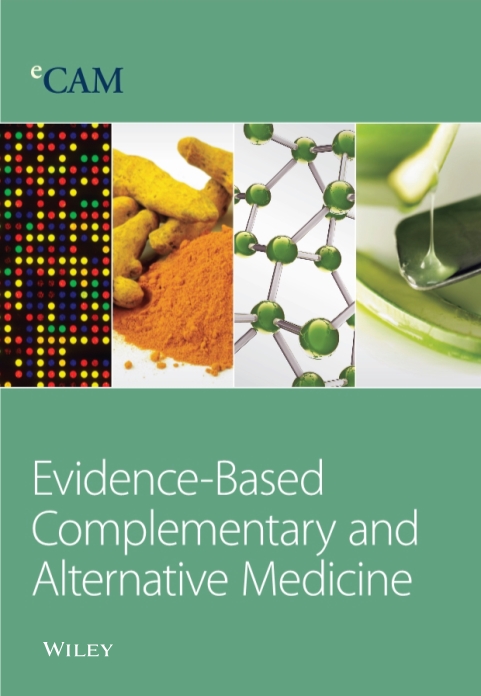抗糖尿病中药制剂中金属的健康风险评估:安全性筛选
4区 医学
Q2 Medicine
Evidence-based Complementary and Alternative Medicine
Pub Date : 2024-01-12
DOI:10.1155/2024/6507185
引用次数: 0
摘要
本研究评估了当地用于治疗糖尿病的草药制剂中的金属对人体健康的风险。样品经微波辅助消化矿化后,使用原子吸收光谱(AAS)进行分析。有毒金属评估采用数学模型对暴露人群的致癌和非致癌风险进行评估,并将原始结果与监管机构设定的最高残留限量(MRL)进行比较。铁、汞、铜、铅和锌的危害商数 (HQ) 值均高于 1。29%的铁样品、67%的汞样品、17%的铜样品、33%的铅样品和 4%的锌样品仍存在非致癌健康风险。33% 样本的危害指数 (HI) 值高于 1。铅、铬、镉和镍的致癌风险高于可接受限值(1 × 10-6)。54%的样本存在铅的致癌风险,58%的样本存在铬的致癌风险,46%的样本存在镉的致癌风险,58%的样本存在镍的致癌风险。样本中的金属在不同程度上超过了最高残留限量。这是一个令人痛心的事实,可能会危及公众的健康安全。考虑到这些事实,应更多地调查其他经常在市场上销售的抗糖尿病和其他治疗类草药中的有毒金属。此外,还应为这些制剂制定上市前和上市后监测战略,以确保食用安全。本文章由计算机程序翻译,如有差异,请以英文原文为准。
Health Risk Assessment of Metals in Antidiabetic Herbal Preparations: A Safety Screening
The present study evaluates the human health risk of metals in locally consumed herbal preparations used to treat diabetes. Atomic absorption spectroscopy (AAS) was used after microwave-assisted digestion to mineralize the samples. Toxic metal assessment was done by adopting mathematical modeling for carcinogenic and noncarcinogenic risks in the exposed population and comparing the raw results with maximum residue limits (MRLs) set by regulatory authorities. Hazard quotient (HQ) values for Fe, Hg, Cu, Pb, and Zn were recorded above 1. Noncarcinogenic health risks remain in 29% of samples for Fe, 67% of samples for Hg, 17% of samples for Cu, 33% of samples for Pb, and 4% of samples for Zn. Hazard index (HI) values in 33% of samples were above 1. Carcinogenic risks for Pb, Cr, Cd, and Ni were higher than the acceptable limit (1 × 10−6). Carcinogenic health risks exist in 54% of samples for Pb, 58% of samples for Cr, 46% of samples for Cd, and 58% of samples for Ni. MRLs for metals were crossed in samples in varying degrees. This is a harrowing account and may put public health safety at risk. Considering these facts, there should be more investigation into toxic metals in other frequently marketed herbal drugs in the antidiabetic and other therapeutic classes. Pre- and postmarket monitoring strategies for the preparations should also be in place to ensure safe consumption.
求助全文
通过发布文献求助,成功后即可免费获取论文全文。
去求助
来源期刊
自引率
0.00%
发文量
1983
审稿时长
2.2 months
期刊介绍:
Evidence-Based Complementary and Alternative Medicine (eCAM) is an international, peer-reviewed journal that seeks to understand the sources and to encourage rigorous research in this new, yet ancient world of complementary and alternative medicine.
The journal seeks to apply scientific rigor to the study of complementary and alternative medicine (CAM) modalities, particularly traditional Asian healing systems. eCAM emphasizes health outcome, while documenting biological mechanisms of action. The journal is devoted to the advancement of science in the field of basic research, clinical studies, methodology or scientific theory in diverse areas of Biomedical Sciences. The journal does not consider articles on homeopathy.

 求助内容:
求助内容: 应助结果提醒方式:
应助结果提醒方式:


